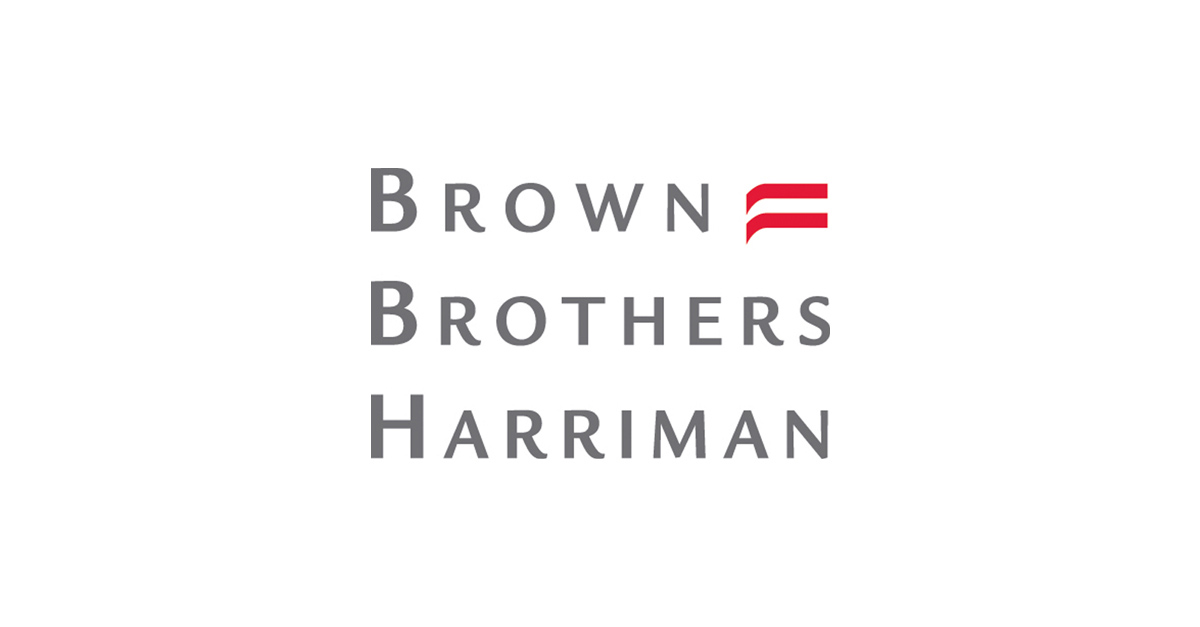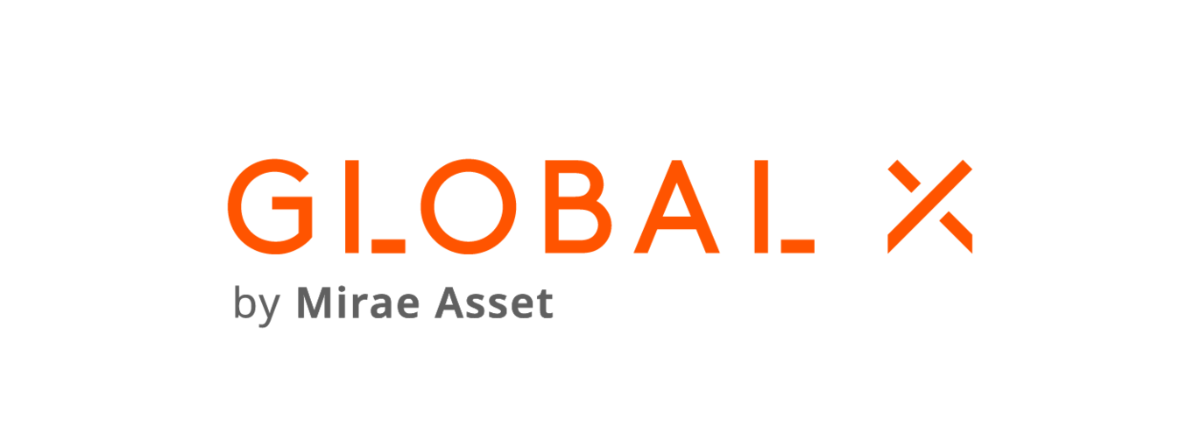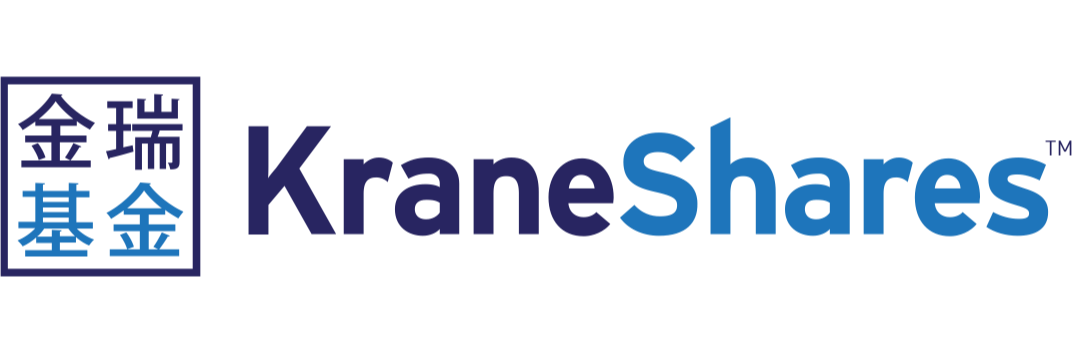In a hectic year for financial markets, ETFs in Europe remained resilient and started taking considerable ground from mutual funds.
While ETFs have managed annual growth of around 20% in Europe since the Global Financial Crisis (GFC), mutual fund growth prevented ETFs from gaining any kind of advantage.
That was until this year, when ETF flows outpaced new money into mutual funds in every month, as at the end of November, according to data from Bloomberg Intelligence.
As ETFs look to be gaining some of the foothold they have managed in the US this side of the pond, stories ranging from Russia’s market shutdown to Jim Cramer and the metaverse made up just some of ETF Stream’s top headlines in 2022.
1. Russia stock market collapse leaves ETFs in ‘unprecedented’ position
The most-read story of 2022 was a story analysing the trading dynamics of ETFs versus other fund structures during the initial lockdown of foreign investor access to Russian financial markets, which Bloomberg Intelligence’s Eric Balchunas said left ETFs in an “unprecedented position”.
Initially, all ETF issuers suspended primary market trading of their Russia products after liquidity in their underlying vanished. This was soon followed by secondary market trading halting on Euronext, Borsa Italiana, Deutsche Boerse and the London Stocks Exchange for most Russia ETFs, however, some ETFs continued trading for a short while and the SIX Swiss Exchange remained an active venue for wrapped Russia products.
While mutual funds gated due to illiquidity, pockets of secondary market trading in remaining Russia ETFs allowed these products to act as a tool of price discovery on their underlying securities while the Moscow Stock Exchange itself was closed. Prices in these ETFs quickly swing quickly from their net asset value (NAV), with some trading at 111% premiums versus others at 60% discounts, before all were gated in the weeks following.
2. Inverse Cramer ETF becomes reality
Tuttle Capital Management filed its latest products mirroring the strategies of famous investors, this time offering short and long ETFs on the views of CNBC Mad Money presenter Jim Cramer.
The two actively-managed strategies aim to have “at least” 80% of their investment in 20 to 25 equally-weighted stocks mentioned by Cramer on either his TV show or Twitter account. Positions in these securities are exited once Cramer has no view on them, profit targets are met or large price swings are observed that could negatively impact their performance.
Henry Jim, ETF analyst at Bloomberg Intelligence, warned the two strategies may face resistance by the Securities and Exchange Commission (SEC) as their investment processes are not accompanied by “due analysis and by being properly articulated”, however, the short Cramer strategy may be supported by the fact a Wharton School of the University of Pennsylvania paper found Cramer’s recommendations had underperformed the S&P 500 between 2001 and 2017.
The two filings were just the latest in a string of ETFs trying to mirror or oppose famous investing personalities including Tuttle’s inverse ARK ETF betting against Cathie Wood’s flagship strategy or the Insider Portfolio ETF (INSDR), copying the investment strategy of Nancy Pelosi.
3. Fidelity enters crypto space with Europe’s cheapest physical bitcoin ETP
In February, Fidelity International became the next asset management giant to enter the crypto space with Europe’s cheapest physical bitcoin exchange-traded product (ETP) at the time, with the Fidelity Physical Bitcoin ETP (FBTC) carrying a fee of 0.75%.
The product became the latest targeting institutional buyers, with Brown Brothers Harriman acting as administrator and transfer agent, Eurex Clearing as clearing agent and Fidelity Digital Asset acting as custodian.
It followed the launch of the Invesco Physical Bitcoin ETP (BTIC) in November 2021, which launched after three years of trying to build a product that structurally resembled the asset manager’s gold exchange-traded commodity (ETC), Invesco’s Gary Buxton told ETF Stream.
After the launch of FBTC, Valour’s synthetically-replicated Bitcoin Zero SEK (BTC ZERO SEK) remained Europe’s cheapest crypto exchange-traded note (ETN) with a fee of 0%.
4. Global X launches four China thematic ETFs
Thematic specialists Global X picked up the pace of their European rollout in 2022 including four ETFs offering targeted exposure to clean energy, electric vehicle and battery, cloud computing and biotech megatrends in China. All four ETFs listed on the SIX Swiss Exchange and Deutsche Boerse with fees of 0.68%.
The four strategies track Solactive indices with between 20 and 30 underlying securities, captured via A-Shares accessible through the Stock Connect programme, Hong Kong-listed stocks and American Depository Receipts (ADR).
In the weeks prior, Global X launched bitcoin and ethereum ETNs in Europe, as well as solar, agricultural tech and food innovation, hydrogen and wind energy thematic ETFs. The firm’s European line-up now stands at 27 products.
5. Best performing ETFs of 2021
Offering a dose of déjà vu, ETF Stream started the year by documenting how ETFs targeting traditional energy ruled the roost in 2021, with relaxing lockdown restrictions and pent-up demand for goods sending oil prices to their highest point since 2014.
The iShares Oil & Gas Exploration & Production UCITS ETF (SPOG) led the pack with 73.4% returns over the 12-month period, however, energy ETFs comprised seven of the top 10 performers.
While oil ETFs have also reigned supreme this year, with some doubling their money, others in the 2021 winners circle fared very differently in 2022.
The Xtrackers LPX Private Equity Swap UCITS ETF (XLPE), for instance, has suffered as deals and funding rounds have dried up this year but the ETF spiked 54.8% in 2021 as the COVID-19 pandemic ushered in a new wave of disruptors.
Another example was the VanEck Semiconductor UCITS ETF (SMGB), which has suffered from anti-growth sentiment this year but bounced 48% in 2021 amid supply shortages for computer chips in manufactured goods.
6. State Street warns Brown Brothers Harriman acquisition ‘increasingly uncertain’
After grabbing headlines in 2021 as a deal that would have made State Street the world’s largest custodian, the US bank cast serious doubts on its plans to buy the investor services arm of Brown Brothers Harriman in October with an analyst call stating the acquisition was “increasingly uncertain”.
More than a year on from the $3.5bn in-principle agreement, State Street said it continued to face regulatory resistance to the modifications it had made to the original deal including lowering the purchase price, changes to the operating model, legal entity structure and regulatory approvals required.
The bank added its acquisition and restructuring costs had jumped 8% between Q2 and Q3, “reflecting costs associated with the proposed acquisition”.
A month later, the two parties mutually agreed to terminate the deal, with BBH stating it has no plans to pursue another deal for investor services arm.
7. Metaverse ETFs: The theme of 2022
At the start of a year where six metaverse ETFs entered the European market from issuers including BlackRock and Fidelity, ETF Stream suggested the virtual world could be the next ‘must-have’ for all asset managers involved in thematics.
Solactive’s Timo Pfeiffer said the metaverse aims to make any physical experience virtual, with the idea having evolved over decades and having the potential to evolve into a multi-sensory alternative reality field of existence.
The world’s largest metaverse ETF strategy, the Roundhill Ball Metaverse ETF (META) launched in June 2021, capturing 44 companies in computing, digital networks, data, interoperability, payment processing, digital currencies, hardware and wearables. Roundhill Investments became the second provider to launch a metaverse ETF in Europe after HANetf and ETC Group partnered on the first product.
However, despite early giddiness, CFRA issued a warning about ETFs’ ability to capture the theme by stating large tech companies will be mainstays in such strategies while deriving only a small part of their current revenues from the theme.
Bloomberg Intelligence ETF analyst Athanasios Psarofagis said “there is definitely a risk you end up overpaying for a broad tech fund” while Solactive’s Pfeiffer noted the mataverse means different things to different people.
8. Charlie Munger blasts index funds and the ‘emperors’ behind them
In a year where the level of stock ownership and corresponding voting power of passive gained mainstream attention, Berkshire Hathaway vice president Charlie Munger described index funds as a “new bunch of emperors”.
Munger added on BlackRock founder, chairman and CEO Larry Fink: “I think the world of Fink, but I am not sure I want him to be my emperor.”
Munger’s words were soon followed by similar criticism of index funds’ role in corporate decision-making by prominent figures such as Tesla CEO Elon Musk and Democrat Party heavyweight Bernie Sanders.
They also come amid increased scrutiny of the political leaning of proxy voting and portfolio construction by asset managers, with some arguing BlackRock and its peers should divest entirely from sectors such as fossil fuels while others derided this as “woke” and at the expense of best outcomes for investors.
Such debates will likely become increasingly important, with passive ownership of US large caps by the ‘Big Three’ asset managers surging from 5% in 1998 to 20% in 2019 and expected to reach as much as 33% within a decade.
Barring regulatory intervention, index funds could end up controlling the majority of corporate votes, which could become a key battleground for passives in the coming years, Robin Wigglesworth, author of Trillions: How a Band of Wall Street Renegades Invested the Index Fund and Changed Finance Forever, told ETF Stream.
9. BlackRock and Citadel deny hand in terra stablecoin collapse
BlackRock and hedge fund giant Citadel Securities denied rumours they had conspired to borrow 100,000 bitcoins – worth $2.7bn at the time – from crypto exchange Gemini to buy UST following the implosion of terraUSD in May.
It was alleged the pair planned to dump the assets to create a run on the market, wiping almost $28bn off the market cap of sister token Luna. Gemini said in a statement it “made no such loan” while a Citadel spokesperson said the company does not trade stablecoins.
BlackRock said rumours it had a role in the collapse “are categorically false” and that it also did not trade any UST. The accusations came shortly after both firms commenced their respective involvements in the crypto market.
10. A breakdown of China tech ETFs in Year of the Tiger
To mark Chinese New Year, ETF Stream reviewed products capturing China’s volatile tech sector, which was the subject of more than 50 regulatory actions by the Chinese Communist Party (CCP) in the span of just 15 months.
After the CSI Overseas China Internet index, tracked by the $481m KraneShares CSI China Internet UCITS ETF (KWEB), fell to its lowest level since the end of 2016 in H1, analysts from Invesco and JP Morgan predicted the sector would soon reach a bottom and the CCP would eventually ease their regulatory strange-hold.
This year has continued to prove challenging for the sector with a volatile market backdrop, however, KWEB was recently the strongest-performing ETF in Europe, returning more than 23% in a week following the announced rollback of China’s ‘zero COVID-19’ policy. In November, it rallied 24% in a week after the CCP announced 70 new gaming licences for companies including Tencent and NetEase.
There are now at least five China tech ETFs in Europe, offering different exposures via different levels of diversification and capturing share classes ranging from A-Shares, B-Shares, H-Shares, Red-Chips, P-Chips and ADRs.
Related articles














